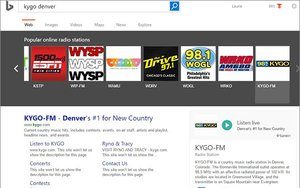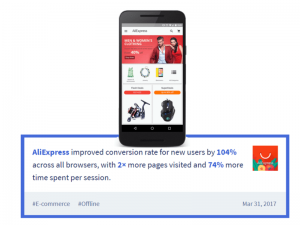Guess what? B2B marketers say their primary objective is to deliver quality leads to their sales team. Okay, so that’s not surprising, but what is interesting is the tactics marketers are using to attract those leads – specifically an important tactic that they seem to be using less and less.

The new info comes from a report released this week on the state of B2B digital marketing by DemandWave, which outlines digital marketers’ biggest challenges and top priorities for 2016.
The marketers surveyed said their number one objective is to deliver quality leads (38 percent) and drive more leads (28 percent). Lead generation has been the number one objective each year this study has been conducted, but it’s important to note that companies are now largely focusing on quality over quantity.
When it comes to achieving that objective, the same B2B marketers note that email (95 percent) and social media (93 percent) are a part of their digital marketing mix, with fewer marketers reporting that they focus on organic search (88 percent) and paid search (64 percent). These digital marketing pros also note that email drives leads more than organic search.
That might be true, but it’s very surprising that this many marketers are turning away from SEO and SEM. And we think it’s a mistake.
With the emphasis on driving quality leads, B2B marketers should place more of an emphasis on growing an audience of engaged readers who are interested in what your company has to offer.
Here’s how to use SEO and content – together – to reach a wider audience and generate quality leads.
Start with understanding your customer
The foundation for a smart, effective marketing program that will drive leads is understanding your customer. What are their pain points and how can you solve them? Your sales team can offer up details on what customers and prospects reveal during the sales process, or you might want to gather information from your customers through a survey.
Research long tail keywords
Once you have a strong understanding of what your customers’ challenges are and how your company can solve them, it’s time to put yourself in your potential customers’ shoes. Start by researching long-tail keywords—phrases of four words or more that your customers might search to find a solution to their problem. Long tail keywords that describe a very specific problem will help you weed out low-quality leads that might not be interested in your product. Google’s Keyword Planner and Google Trends are great places to start.
Generate consistent, high-quality content
Now that you understand what a customer might search for, create content using those long tail keywords to boost your SEO rankings, appear higher in search results and drive relevant traffic to your site. To set your plan in motion, incorporate the research you’ve done up to this point into a thoughtful content marketing strategy that includes topics, distribution and measurement.
Use tools to monitor and improve SEO performance
It’s vital to review your content marketing and SEO strategy frequently to see what’s working and what’s not. Google Analytics and Google Search Console can help you dig into how your content program is driving SEO—and more importantly, high-quality traffic—to your site.
While it’s important to have a well-balanced digital marketing mix that also includes social media and pay-per-click advertising to drive high-quality leads, SEO is a foundational marketing activity. Without focusing on SEO, your customers won’t be able to find you.
Digital & Social Articles on Business 2 Community(69)
Report Post









